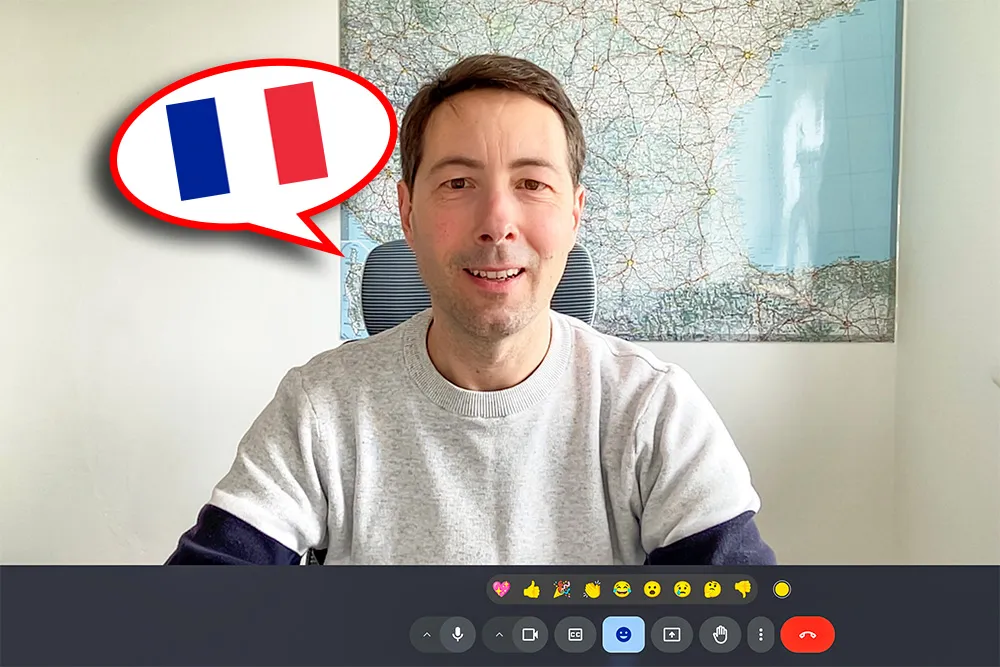Visiter vs. Rendre visite... Ever felt smug using the verb visiter in French—only to be met with a polite frown? You’re not alone.
In English, to visit is nice and easy.
👉 I visited Paris.
👉 I visited my aunt.
But in French, things get a bit more… specific. Let’s clear it up once and for all.
Visiter = To visit a place
Use visiter when you go to a location, a monument, or a city.
✅ J’ai visité le Louvre.
✅ Nous avons visité Marseille pendant les vacances.
✅ Ils ont visité une vieille abbaye en Bourgogne.
Never use visiter with people! That’s the classic mistake.
👵 Rendre visite (à quelqu’un) = To visit a person
This is what you need when visiting friends, family, or your French penpal from secondary school.
✅ Je rends visite à mes grands-parents ce week-end.
✅ On va lui rendre visite à l’hôpital.
✅ Ils m’ont rendu visite à Noël.
It’s a fixed expression, and yes, you need the “à quelqu’un” bit:
rendre visite à ma sœur (to visit my sister)
rendre visite à un ami (to visit a friend)
But why not just use visiter for everything?
Because in French, saying “J’ai visité ma grand-mère” sounds… wrong.
Like you treated her as a tourist attraction.
(Was she serving crêpes under a glass dome? In the gift shop section?)
It’s not offensive — just weird.
Visiter vs. Rendre Visite in Travel Contexts
Here’s how it plays out if you’re in France:
🗺️ Je visite la Provence cette semaine. → Perfect!
🏡 Et je vais rendre visite à un ami à Avignon. → Even better.
But not:
🚫 Je visite un ami à Avignon. ❌
Visiter vs. Rendre Visite: Mini Summary

Little tip from the rooster country
If it’s a thing, use visiter.
If it’s a person, rendre visite.
And if you’re still in doubt… just switch to wine and cheese chat. 🍷🧀



